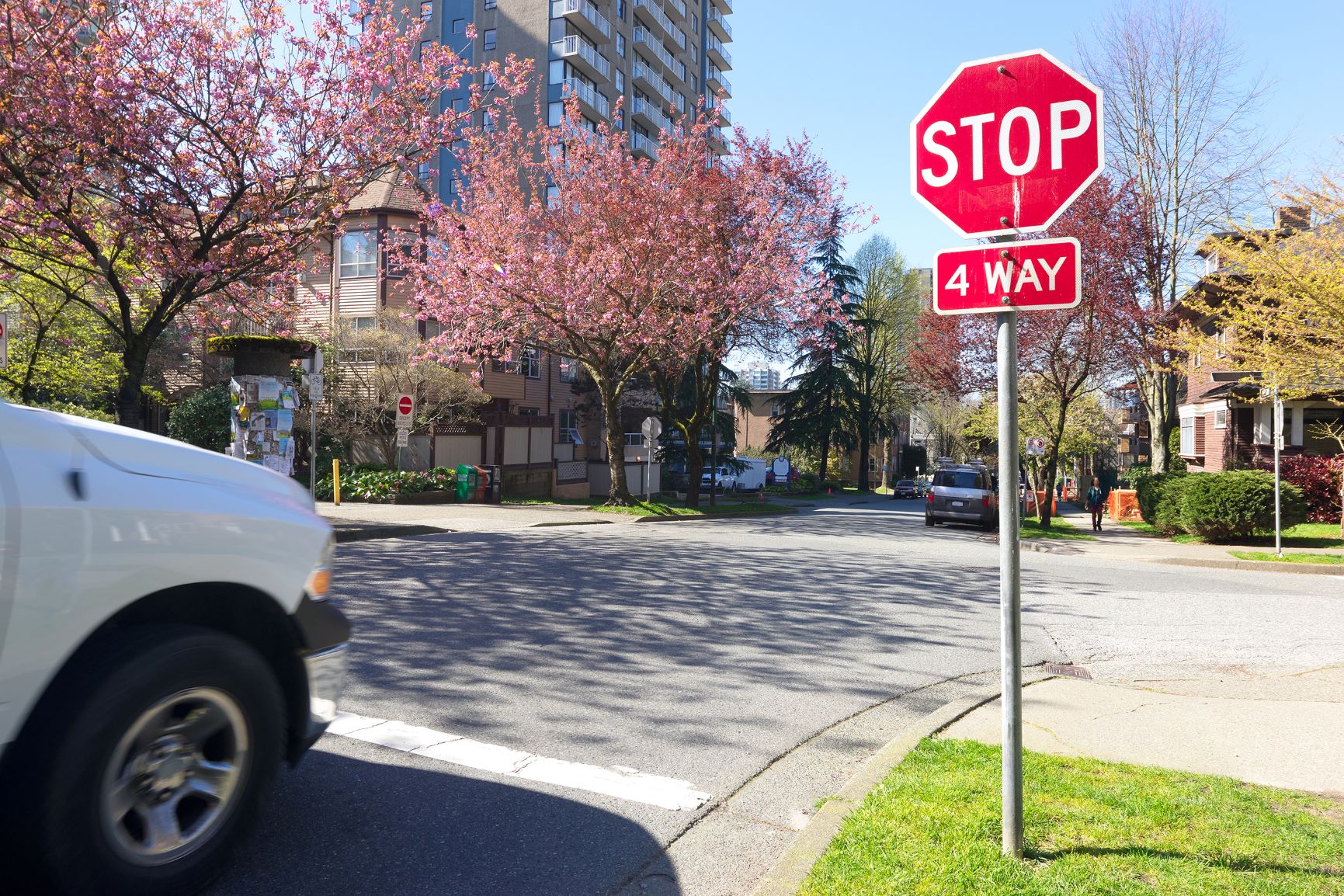
The idea of “right of way” is integral in sharing the road with fellow motorists. It’s one of the most important lessons new drivers learn, and yet it’s one of the most misunderstood for motorists at every age. Sure, most drivers are familiar with the basics, but we figured we’d dive a little deeper and give our readers a bit of a refresher course on who has the right of way in certain situations.
Before we begin, it’s worth noting that one aspect of “right of way” that is often misinterpreted is the concept that “right of way” is something that a driver in a particular situation possesses. Conversely, right of way is, legally speaking, something a driver must yield or give up. In other words, any time you get behind the wheel, it is your responsibility as a driver to do everything in your power to avoid an accident. That means driving defensively and yielding the right of way to other drivers in order to keep the roads as safe as possible (even if you know you’re in the right).
To put this another way, let’s say you are approaching a four-way stop. You arrive at the exact same time as another driver who happens to be on your right. Any knowledgeable driver can attest that the other vehicle is to proceed through the intersection first at which point you can proceed through as well. But that’s not because the law grants the other driver the right of way. It’s because the law mandates that you give up that right of way.
So, the law doesn’t contradict what you probably remember from driver’s ed, but merely interprets it in a different way. Nonetheless, the driver on the right should proceed through the intersection first.
The Right (of) Way to Approach Intersections
And while we’re on the subject of four-way stops, let’s review how to handle them in other scenarios.
- Vehicles arrive at different times: The vehicle arriving first should proceed through the intersection first.
- Vehicles arrive at the same time headed in opposite directions (north and south or east and west): Both drivers can proceed at the same time safely as their paths do not cross.
- Vehicles arrive at the same time headed in perpendicular directions (north and east or south and west for example): As we mentioned earlier, the vehicle on the right should proceed first. This is also the case should three vehicles arrive at the same time (the one furthest to the right would go first followed by the one in the middle).
- Four vehicles arrive at the same time: There really isn’t a “by the book” way to handle this hypothetical, so your best bet is to use your common sense. Make eye contact with the other drivers and figure it out on the spot. Most likely, someone will make the first move or wave another driver through to get the sequence in order. Once the first driver has made their way through, other drivers should proceed following the “to the right” rule.
Now that that’s out of the way, let’s review some common “right of way” situations and how to handle them correctly:
- Pedestrians: Pedestrians should always adhere to their own set of rules when it comes to sharing areas of the road with drivers (no jaywalking, wait for the “Walk” signal, etc.). But drivers should always be advised to yield the right of way to pedestrians. At a crosswalk, for example, drivers should come to a complete stop and let walkers cross through safely before proceeding.
- Cyclists: Legally, cyclists are not expected to receive preferential treatment on the road and are expected to follow the same rules of the road as motorists. They should stop at red lights, signal turns, and should wait for the right of way just as any driver would. That being said, if you choose to wave ahead a group of cyclists out of courtesy, that is your prerogative.
- Vehicles Merging Into Traffic: When merging into moving traffic or switching to a different lane, the driver doing the merging/switching should yield the right of way to drivers in the lane he/she is coming into.
- Emergency Vehicles: Emergency vehicles sirens and flashing lights have the right of way and other drivers should make every effort to get out of the way safely and stop (or at least greatly decrease speed) as to allow the emergency vehicle plenty of space to make its way down the road.

